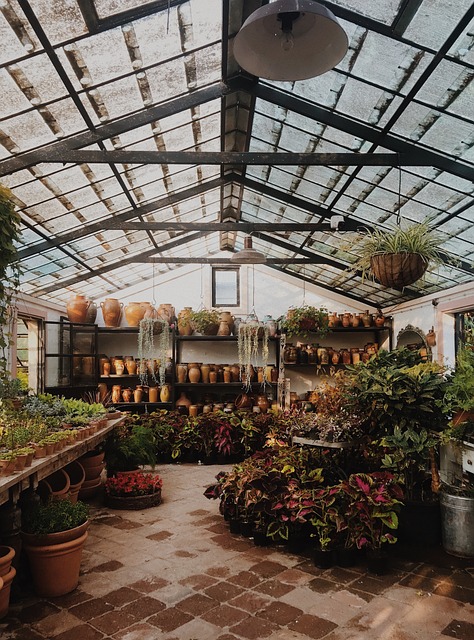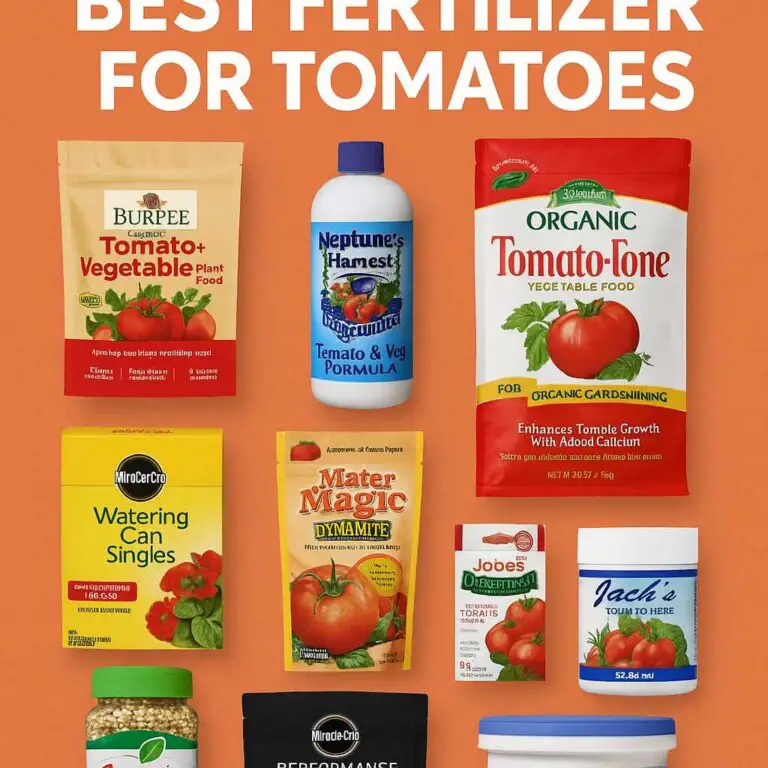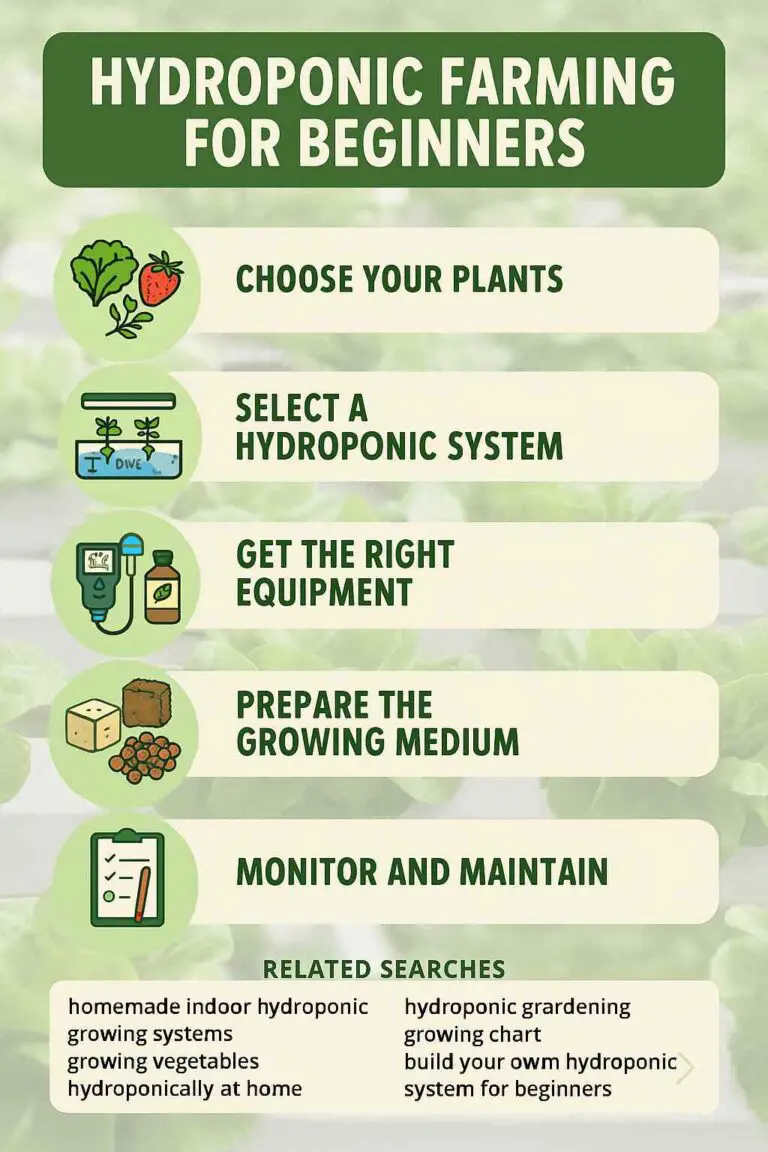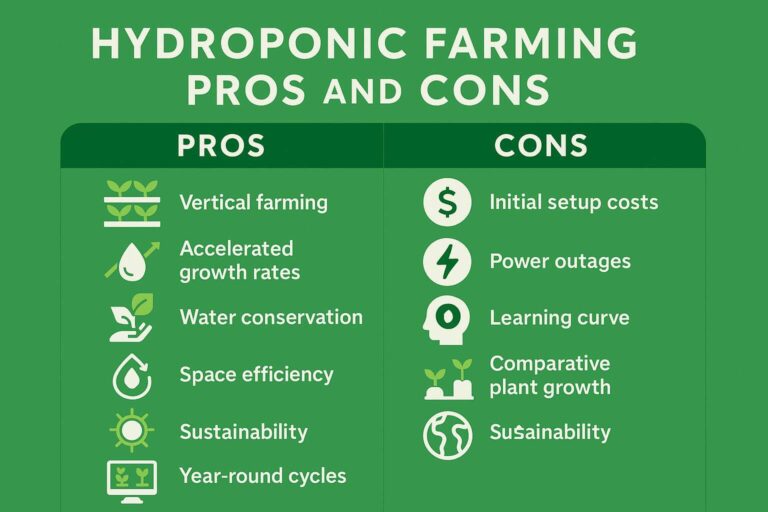Greenhouses are a haven for plants, providing them with a sheltered environment to thrive in. However, when the harsh winter months roll in, many greenhouse owners wonder if their beloved plants will survive the cold.
Let’s explore the factors that influence plant survival in a greenhouse during winter, how to prepare your greenhouse for the chilly season, and the types of plants that are most likely to endure the winter months inside a greenhouse.
Understanding the Winter Challenge
Before delving into the specifics of greenhouse survival in winter, it’s essential to understand the challenges that plants face during this season:
- Low Temperatures: The most obvious challenge is the plummeting temperatures that can occur during winter. Frost and freezing temperatures can wreak havoc on tender plants.
- Reduced Light: Winter typically brings shorter days with less sunlight. Limited daylight hours can affect plant growth and photosynthesis.
- Humidity Fluctuations: Maintaining optimal humidity levels can be challenging in winter. Dry indoor air can lead to moisture stress for plants.
- Pests and Diseases: In some regions, pests and diseases become more prevalent during winter when plants are brought indoors, potentially putting them at risk.
Preparing Your Greenhouse for Winter
To ensure your greenhouse can withstand the rigors of winter and provide a conducive environment for your plants, consider these essential preparations:
1. Insulation: Adequate insulation is crucial to retain heat in the greenhouse. Use bubble wrap, thermal screens, or double-glazing to insulate the walls and roof.
2. Heating Systems: Install a reliable heating system, such as a propane or electric heater, to maintain a stable temperature inside the greenhouse. A thermostat-controlled system can help regulate the temperature efficiently.
3. Ventilation: Good airflow is essential to prevent humidity buildup and minimize condensation, which can lead to fungal issues. Ensure your greenhouse has proper ventilation, such as roof vents and side louvers.
4. Sealing Gaps: Seal any gaps or cracks in the greenhouse structure to prevent cold drafts from entering. Weatherstripping or sealant can be used for this purpose.
5. Adequate Shelving: Elevating your plants on shelving or benches can help prevent cold air from settling around them. This also provides better air circulation.
6. Thermal Mass: Place thermal mass materials like large water containers or bricks in your greenhouse. They absorb heat during the day and release it at night, stabilizing the temperature.
7. Snow Removal: If you live in an area with heavy snowfall, consider a snow removal plan to prevent excessive weight on the greenhouse structure.
Selecting Cold-Hardy Plants
Not all plants are created equal when it comes to withstanding winter in a greenhouse. Some are more cold-hardy than others and have a better chance of thriving through the colder months. Here are some plant options to consider:
Cold-Hardy Vegetables: Vegetables like kale, spinach, Swiss chard, and certain varieties of lettuce can survive and even thrive in the lower temperatures of a greenhouse during winter.
Winter Herbs: Herbs such as rosemary, thyme, and sage are well-suited for greenhouse cultivation in winter. They not only withstand the cold but also provide fresh flavors for your meals.
Citrus Trees: Dwarf citrus trees, like lemons and oranges, can be grown in a greenhouse during the winter months. They require some additional care but can bear fruit indoors.
Camellias: Camellias are cold-tolerant flowering plants that can add a touch of color to your greenhouse during winter.
Campanulas: These lovely bell-shaped flowers are known for their resilience in cold temperatures and can brighten up your greenhouse.
Hardy Succulents: Various succulent species, such as Sempervivum and Sedum, can endure the cold and thrive indoors during the winter.
Cyclamen: Cyclamen plants are known for their vibrant flowers and ability to thrive in cooler conditions.
Caring for Plants in Winter
Once you’ve prepared your greenhouse and selected suitable plants, it’s crucial to provide the right care during the winter months:
Watering: Adjust your watering schedule to match the reduced light and lower temperatures. Water sparingly to prevent overwatering, as plants use less water in the cold.
Temperature Control: Monitor the temperature inside your greenhouse regularly and adjust the heating system as needed to maintain the ideal range for your plants.
Pest and Disease Management: Inspect your plants regularly for signs of pests or diseases. With reduced natural predators in a greenhouse, you may need to take proactive measures to control pests.
Light: If daylight hours are limited, consider supplementing natural light with grow lights to ensure your plants receive sufficient illumination for photosynthesis.
Ventilation: Maintain proper ventilation to prevent excessive humidity, which can lead to mold and fungal issues.
Pruning: Trim and prune your plants as necessary to encourage healthy growth and remove any dead or diseased parts.
The Benefits of a Winter Greenhouse
While winter can be a challenging season for greenhouse gardening, it also offers several benefits:
Year-Round Harvest: With a well-maintained greenhouse, you can enjoy fresh produce and flowers throughout the winter, even in cold climates.
Extended Growing Seasons: Greenhouses allow you to start planting earlier in the spring and extend the growing season well into the fall, maximizing your harvest.
Protection from Extreme Weather: Greenhouses shield your plants from harsh weather conditions, including heavy rain, snow, and strong winds.
Pest Control: By keeping your plants in a controlled environment, you can reduce the risk of pests and diseases that may be more prevalent outdoors.
Common Challenges and Solutions
Despite your best efforts, you may encounter challenges while attempting to maintain a thriving winter greenhouse. Here are some common issues and solutions:
Condensation: Condensation can lead to mold and mildew problems. Ensure proper ventilation and consider using a dehumidifier to maintain the right humidity levels.
Temperature Fluctuations: Sudden temperature drops at night can stress plants. Using a thermal mass and a reliable heating system will help stabilize temperatures.
Overcrowding: Be mindful not to overcrowd your greenhouse, as good airflow is essential for plant health. Space your plants appropriately to prevent disease spread.
Pest Infestations: Aphids, mealybugs, and other pests can become a problem in the closed environment of a greenhouse. Regularly inspect your plants and use organic pest control methods when necessary.
Fungal Diseases: Fungi thrive in moist conditions. Avoid overwatering and ensure proper ventilation to prevent fungal diseases like powdery mildew.
Conclusion
A well-maintained greenhouse can be a winter sanctuary for your plants, providing them with a cozy and controlled environment to brave the cold months.
By preparing your greenhouse with proper insulation, heating, and ventilation, selecting cold-hardy plants, and providing the necessary care, you can ensure your plants not only survive but thrive during the winter season.
So, whether you’re growing vegetables, herbs, or ornamental flowers, your greenhouse can become a year-round source of joy and sustenance for your gardening endeavors.




